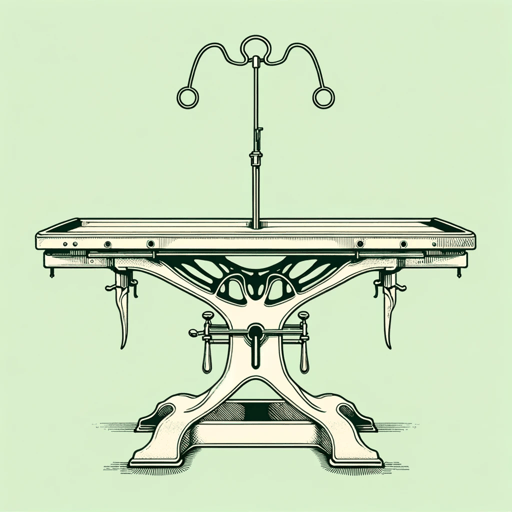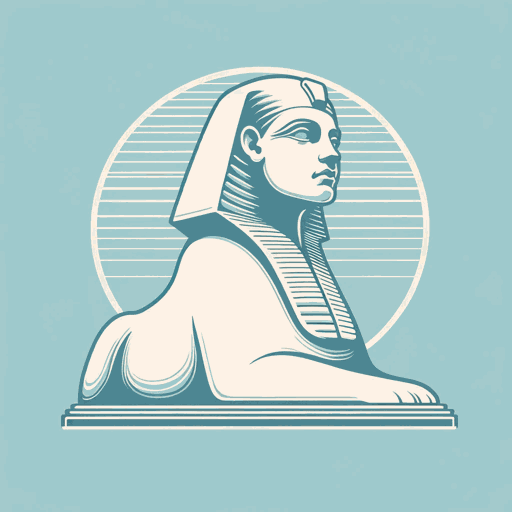41 pages • 1 hour read
H. G. WellsThe Island of Doctor Moreau
Fiction | Novel | Adult | Published in 1896A modern alternative to SparkNotes and CliffsNotes, SuperSummary offers high-quality Study Guides with detailed chapter summaries and analysis of major themes, characters, and more.
Background
Historical Context: Vivisection
Vivisection refers generally to experiments, especially dissections and surgeries, performed upon living animals (often mammals). The practice is controversial because it inflicts pain and sometimes death on non-consenting entities; however, vivisection can also contribute to advances in scientific and medical knowledge, which can have positive implications for human beings. The 19th century was a period in which debates and discussion around vivisection were particularly prominent. By the 1800s, medical science was undergoing a period of transformation and innovation in Great Britain, fueling a demand for medical research and better understanding of how the human body functioned. While this trend would have positive effects for human health, it also had consequences, especially when the law lagged behind science in the safeguards and protections it offered. For example, the demand for human bodies led to a gray market in which “resurrection men” dug up recently buried corpses without permission and sold them to medical schools and other institutions. Limited access to human cadavers, as well as increasing resistance to performing dangerous and painful experiments on human beings, led to a growing practice of conducting experiments on animals instead.
However, public resistance and advocacy against vivisection also grew; this movement may have overlapped with and drawn influence from other social advocacy movements such as abolitionism and campaigns against child labor.
Related Titles
By H. G. Wells






